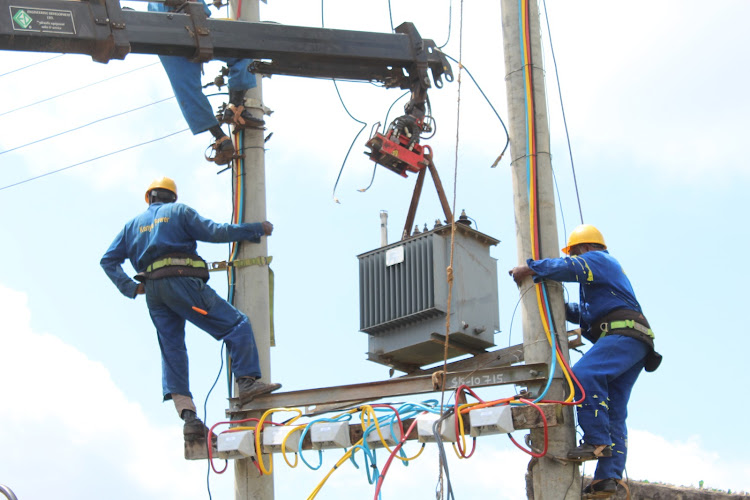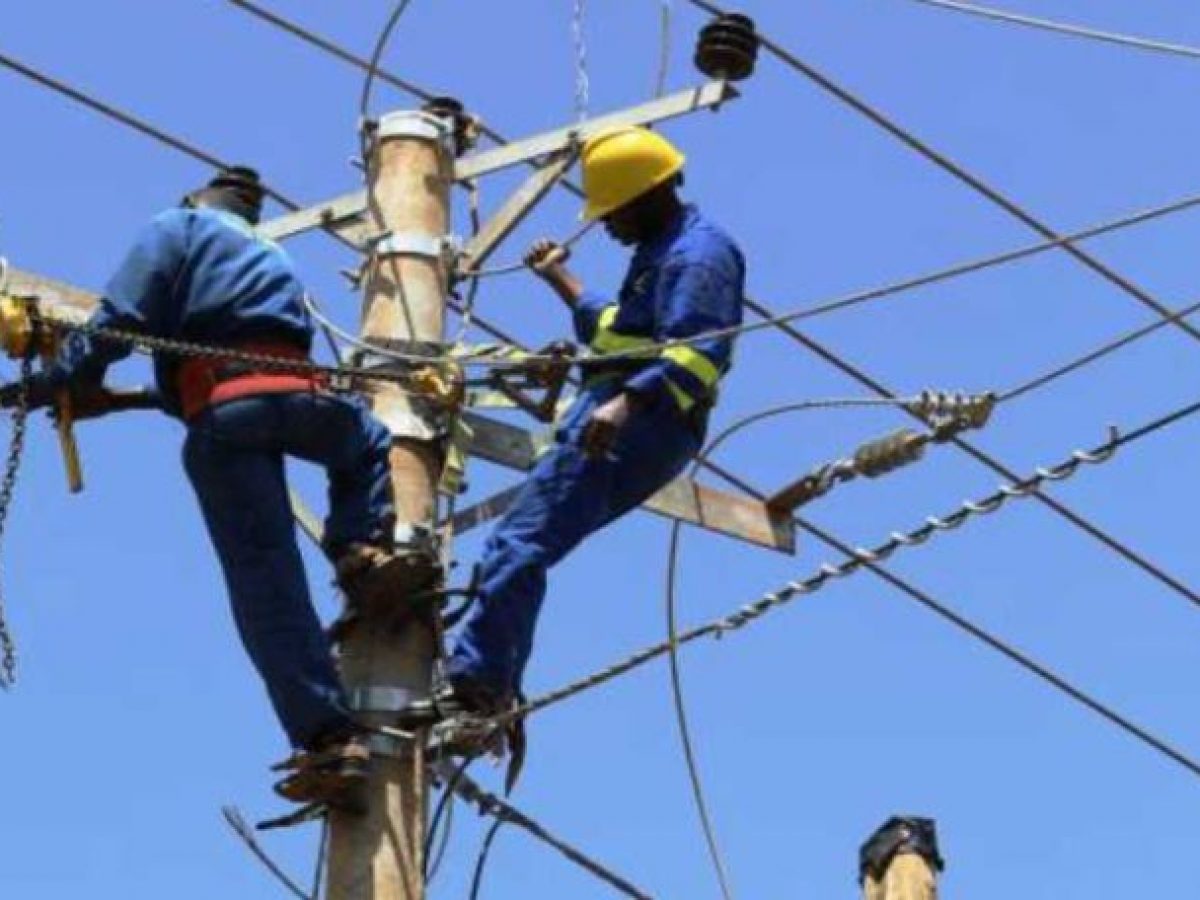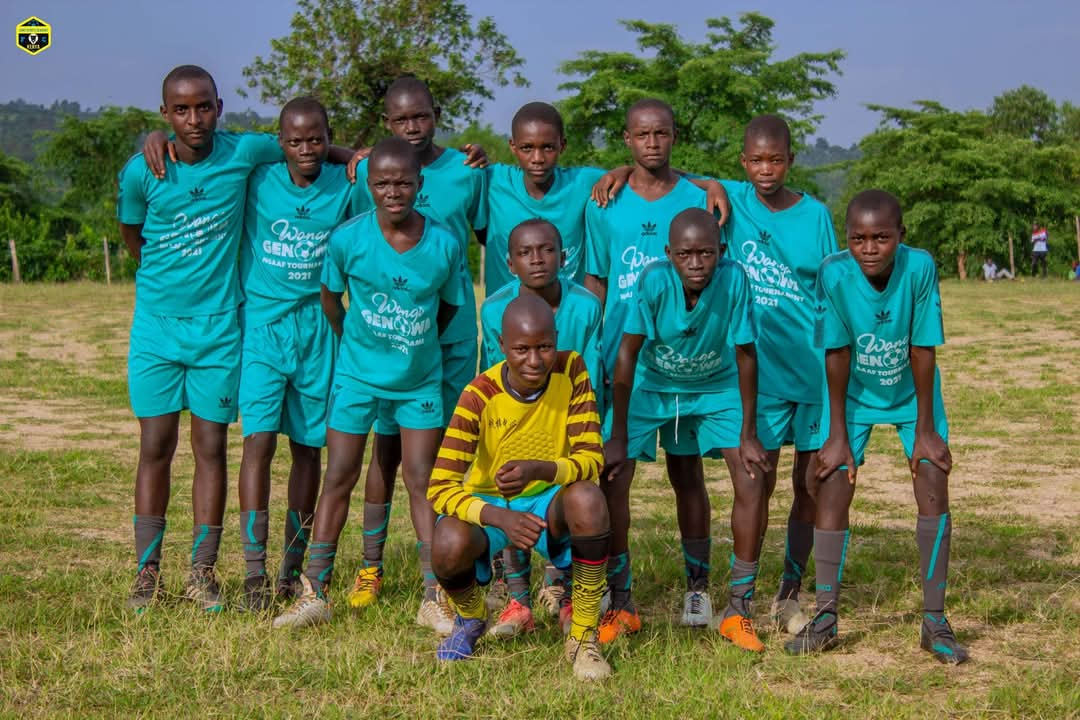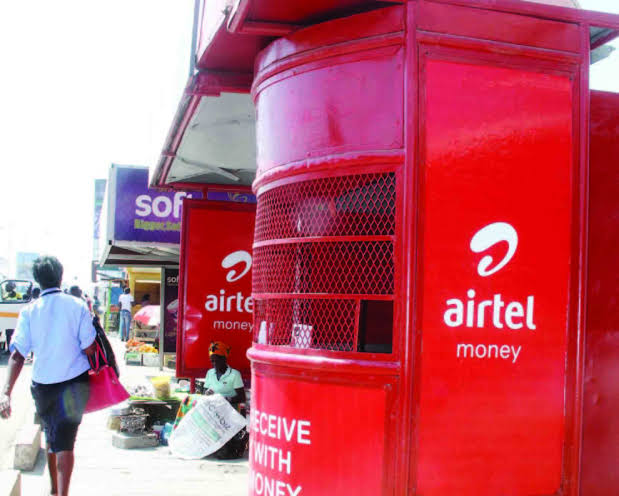Vatican Confirms Pope Francis’ Death, Begins Process to Elect New Pontiff
The Vatican has officially announced the death of Pope Francis, who passed away at the age of 88 on Easter Monday, marking the end of a historic papacy and initiating the process to select the next leader of the Roman Catholic Church.
Pope Francis, born Jorge Mario Bergoglio, became pope in March 2013 following the resignation of Pope Benedict XVI. His passing now places the governance of the Church temporarily in the hands of the College of Cardinals.
What Happens Next: The Path to a New Pope
Upon the pope’s death, the College of Cardinals assumes temporary administrative control of the Church. This body, composed of senior bishops and Vatican officials from around the globe—each personally appointed by the pope and identifiable by their red vestments—will now organize the process of electing a new pope.
This process begins with a series of meetings known as general congregations, held at the Vatican, where the cardinals make initial preparations, including organizing Pope Francis’ funeral and burial.
The Conclave: Electing the New Pope
Roughly 15 to 20 days after the papal seat is declared vacant, the cardinals gather in St. Peter’s Basilica for a special Mass, invoking the guidance of the Holy Spirit in their decision-making.
Only cardinals under the age of 80 are eligible to vote in the election, and these are known as cardinal electors.
The electors then move to the Sistine Chapel, where they take an oath of absolute secrecy. Once the chapel is sealed, the conclave begins. Voting is conducted by secret ballot, with each cardinal casting their vote beneath Michelangelo’s famed fresco of the Last Judgment.
Each day includes four rounds of voting, and the process continues until one candidate secures a two-thirds majority.
Smoke Signals and the Announcement
At the end of each voting round, the ballots are burned. If no pope is elected, a mix of chemicals is used to produce black smoke, signaling to the outside world that the Church is still without a new leader.
When a candidate finally receives the required votes, the dean of the College of Cardinals asks if he accepts the election. Upon acceptance, the new pope selects a papal name, dons the traditional vestments, and prepares for his first public appearance.
The final ballots are then burned with a different chemical mix to produce white smoke, indicating that a new pope has been chosen.
The senior cardinal deacon, currently Cardinal Dominique Mamberti of France, then steps out onto the balcony of St. Peter’s Basilica to declare the historic words:
“Habemus Papam” – “We have a pope.”
The new pope then emerges to offer his first apostolic blessing to the people of Rome and Catholics around the world.








